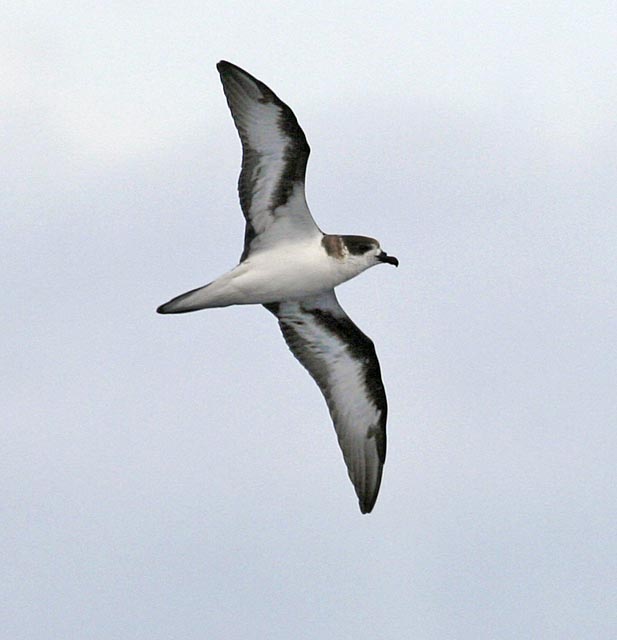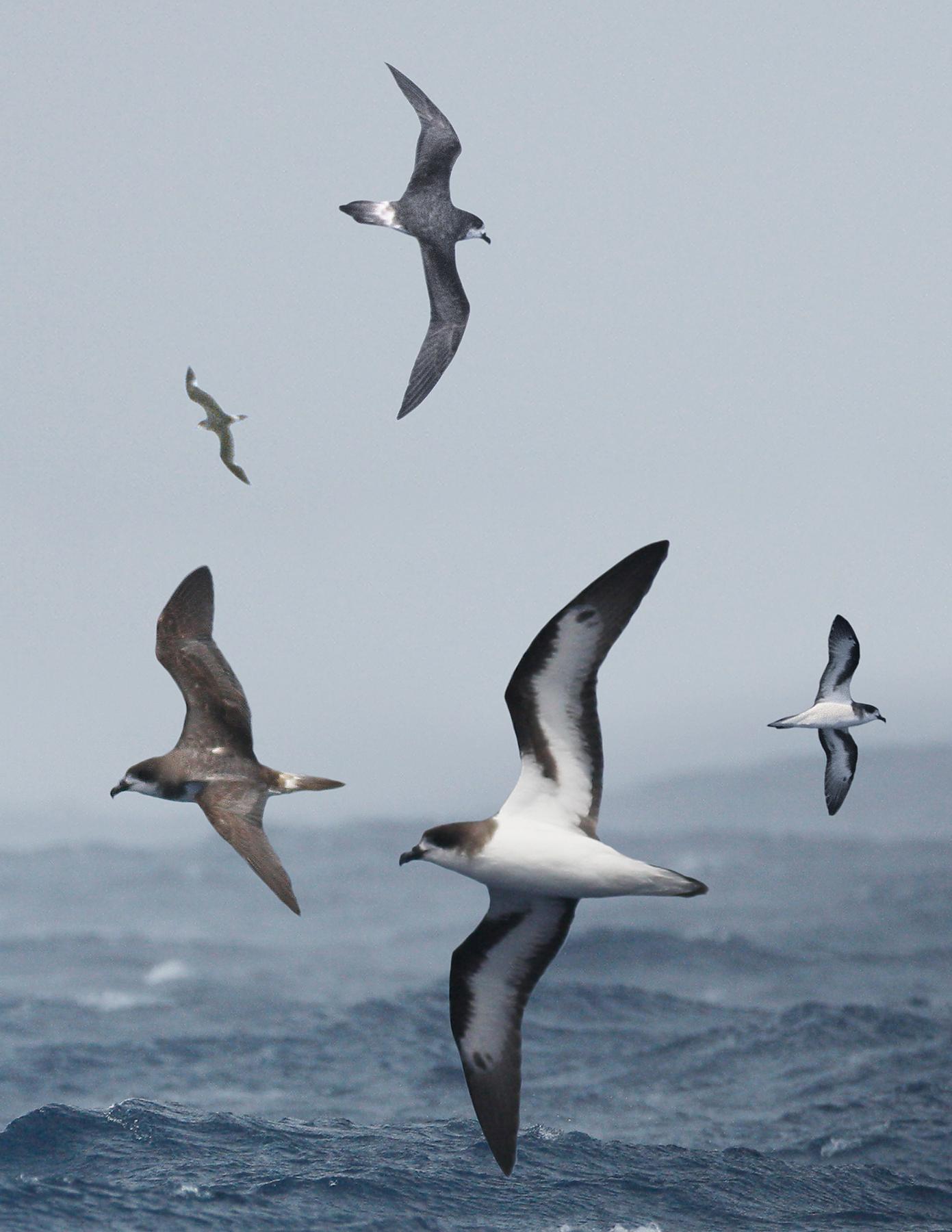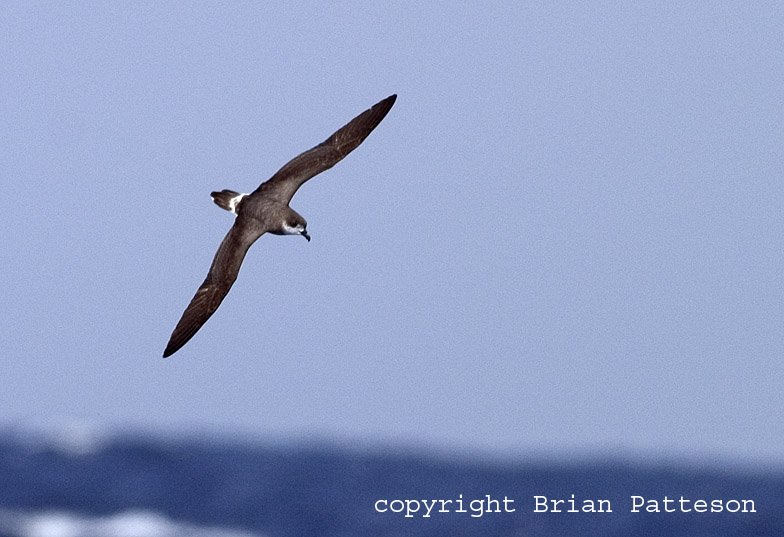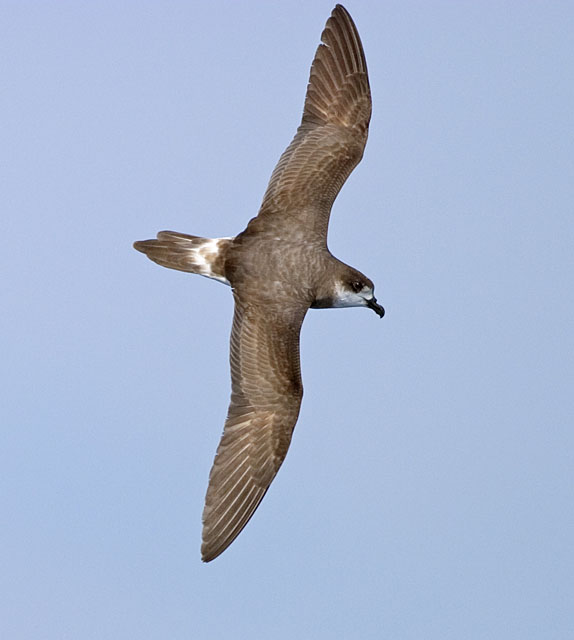Bermuda Petrel
Bermuda Petrel ( Pterodroma cahow )
The Bermuda Petrel ( Pterodroma cahow ) also referred to as Cahow or Bermuda Shearwater, is a rare seabird from the kind of hook shearwater ( Pterodroma ). He used to be quite common on Bermuda, today, its range extends to a few rat- free islands.
Description
The Bermuda Petrel reaches a length of 38 inches and a wingspan of 89 inches. The hood which encloses the eyes and the top is brown with gray. The neck is a brown collar band. The beak is black. The underside is white, the wings are white with black edges. In flight it is easy to be confused with the larger Teufelsturm bird.
Way of life
Little is known about the life of the Bermuda petrel. He is nocturnal and follows the plankton shoals of the Gulf Stream. The breeding season is from January to June. The nest consists of a single egg. Previously, the eggs were laid in burrows on the beach. But rats have migrated to small rocky islands, colonies, so are not optimal for breeding. After 51 to 54 days the young hatch, which fledge after 90 to 100 days.
Endangering
This bird was known to the sailors in the 17th century. In the winter of 1614/15 landed a ship on Bermuda, almost starved English settlers were able to save their lives by the fact that they killed the trusting shearwaters. Because of introduced mammals on Bermuda and collecting the eggs this way was lost quickly. 1906 discovered the ornithologist Louis L. Mowbray a copy of the Bermuda petrel and 1916 was due to the copy of this scientific description by John Treadwell Nichols and Mowbray. Only in 1951 was discovered six nests on the island of Castle Harbor and photographed them. In total there were 18 breeding pairs. Thus, this species was after more than 330 years as a rediscovered. In 1963, he was but with a stock of only 17 breeding pairs, one of the rarest birds in the world. The use of DDT and other insecticides ensured that only a portion of the eggs was fertile. After the banning of DDT, the backlog was in 1994 at 90 copies. But this population was threatened mainly by competition from other seabirds such as the White -tailed Tropicbird but also by the increase of hurricanes. So the hurricane Fabian destroyed in 2003 a large part of the breeding population. 2005, the world stock was 250 birds. 2011 98 breeding pairs were counted, who brought 56 young birds. In 2012 there were 101 breeding pairs.

%252520at%252520Hatteras,%252520NC%252520(05-23-2009)-1.jpg)








